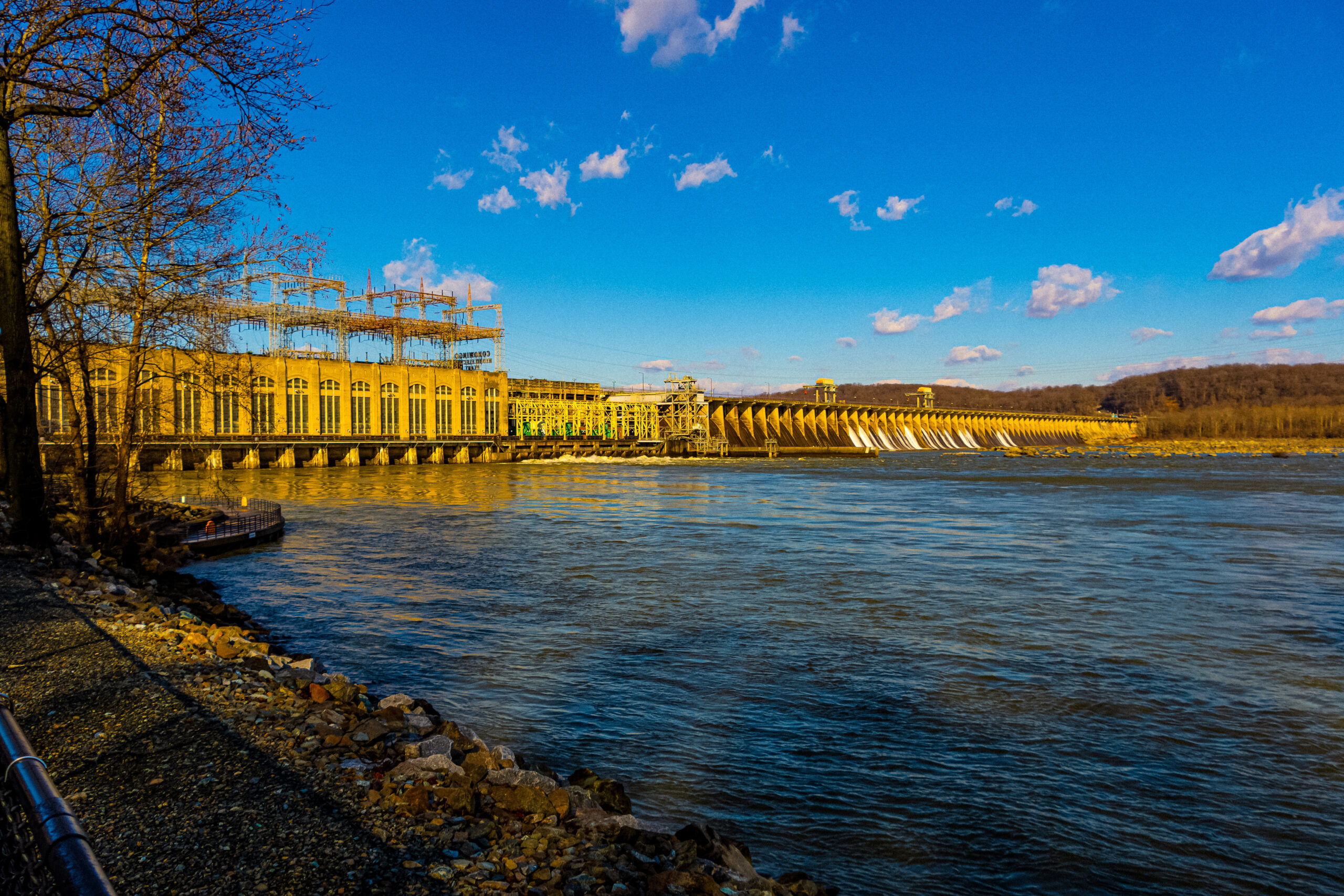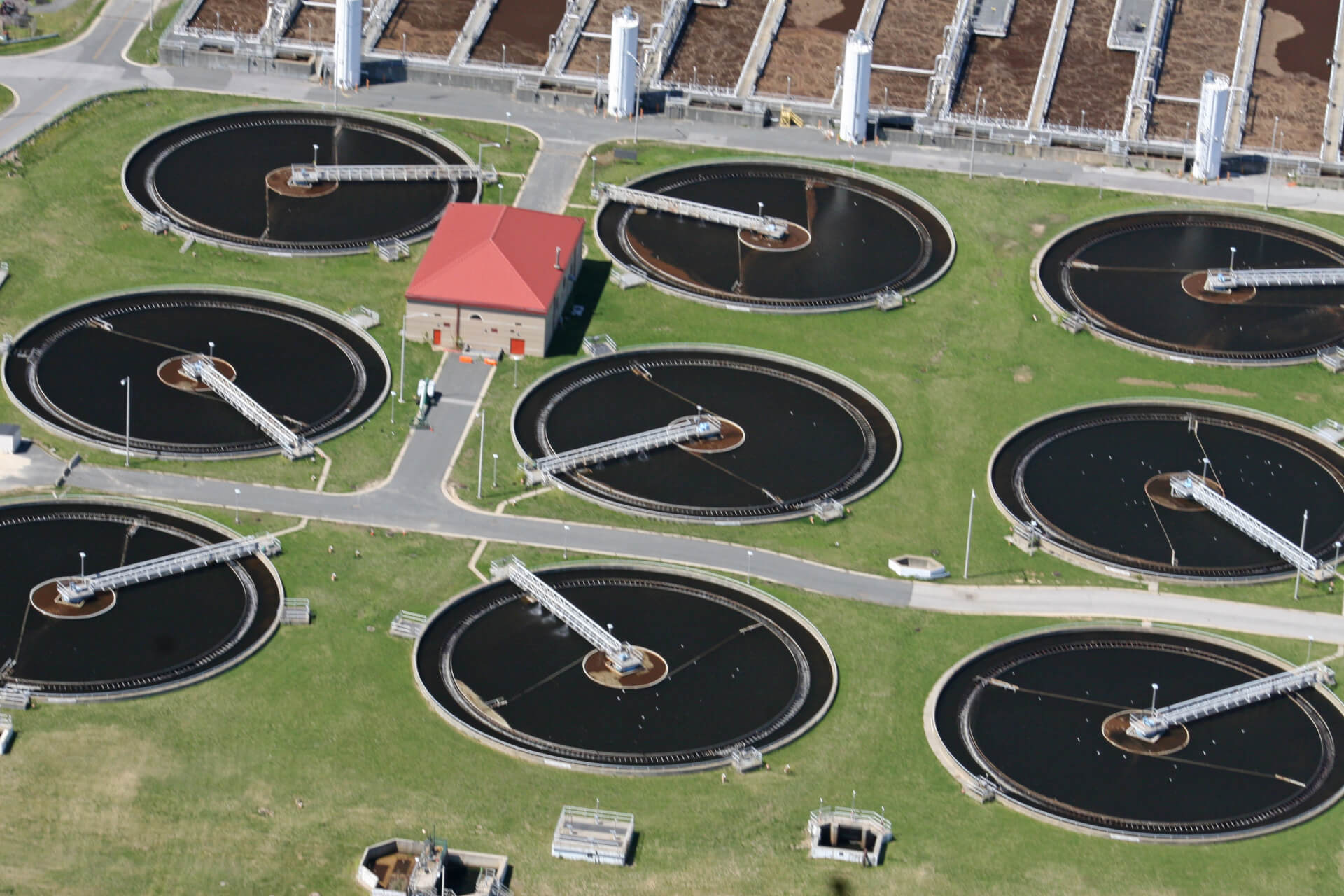Climate change poses an existential threat to our Bay, so I was shocked to read the Chesapeake Bay Foundation calling to slam the brakes on clean energy in Maryland [Opinion: Md. Needs Clear Guidelines on Where to Site Solar Installations, 9/16].
By CBF’s own metrics, solar is one of the most effective ways of curbing air pollution endangering the Bay, its tributaries, and aquatic life. Furthermore, existing laws ensure responsible solar siting in Maryland, and any attempts by the governor to dictate which properties can and cannot invest in solar will only slow our transition away from fossil fuels.
When describing “What is Killing the Bay?” CBF cites the excessive nutrients from “fertilizers, wastewater, septic tank discharges, air pollution, and runoff from farms, cities, and suburbs.” Real estate development, agricultural runoff, industrial activity, and power plant emissions all threaten our Bay’s ecosystem. But by any measure, solar deployment yields a small fraction of the environmental impact of each of these activities.
Furthermore, any suggestion responsible solar development is a threat to farmland is simply not true. Less than 1% of farmland is expected to host solar through 2030, and these projects require full consent and participation of the landowner. Furthermore, as a condition of permitting, solar projects must be able to return the land to its original use after they are decommissioned. Thus, landowners have the option to farm the land again if they so choose, enabling farmers to preserve a parcel of their land for a generation while diversifying their revenue sources.
Clearcutting of forests cited by CBF is not typical among solar developers in Maryland, as it is expensive and requires compliance with the state Forest Conservation Act. Solar projects are required to permanently conserve or reforest any land taken out of agricultural production.
On the Eastern Shore, projects will conserve or plant more than 200 acres combined over the next three years. Many solar developers conscientiously integrate abundant pollinator-friendly meadows into their projects.
This is further evidence that current laws governing responsible solar development are working well. The Georgetown project in Charles County is the exception that proves this rule. Maryland’s Department of the Environment denied the permit because the project did not meet existing standards on ecological stewardship. So why is the Chesapeake Bay Foundation calling for a statewide study, when federal, state and local laws are regulating the industry well?
Finally, if the solar industry meets the state’s target of 14.5% of generation by 2030, acreage used will still be a fraction of ag land counties have set aside for real estate development. Based on their comprehensive zoning plans, Maryland counties have zoned approximately 150,000 acres of current cropland for residential and commercial real estate development. This is 10 times the acreage of future utility-scale solar projects. And unlike real estate development, solar does not lead to increased air, water, noise or light pollution, and does not require expensive infrastructure like sewer lines, nor does it create expansive impervious surfaces that create stormwater concerns.
Meeting Maryland’s solar targets will require giving solar developers the flexibility to find locations on the state’s transmission grid that have room for new electric generation. Most of those locations have already been identified and are few and far between.
But even if the reality of the state’s limited transmission infrastructure requires solar farms to be sited primarily on ag land, it would require less than 1% of Maryland’s ag land through 2030.
If Maryland’s environmentally-minded leaders are truly concerned about the loss of farmland, their focus on solar misses the primary threats to farmland statewide. Environmental leaders like CBF who care about climate change should recognize that solar development will have a minimal impact on the state’s farmland through 2030 while helping reduce nutrient load in our waterways and, most importantly, combating the climate crisis.
Thus, if you want good neighbors for Bay, look no further than our clean energy resources.
— DAVID MURRAY
The writer is executive director of MDV-SEIA, the solar industry association for Maryland, Delaware, Virginia and Washington, D.C.



 Creative Commons Attribution
Creative Commons Attribution